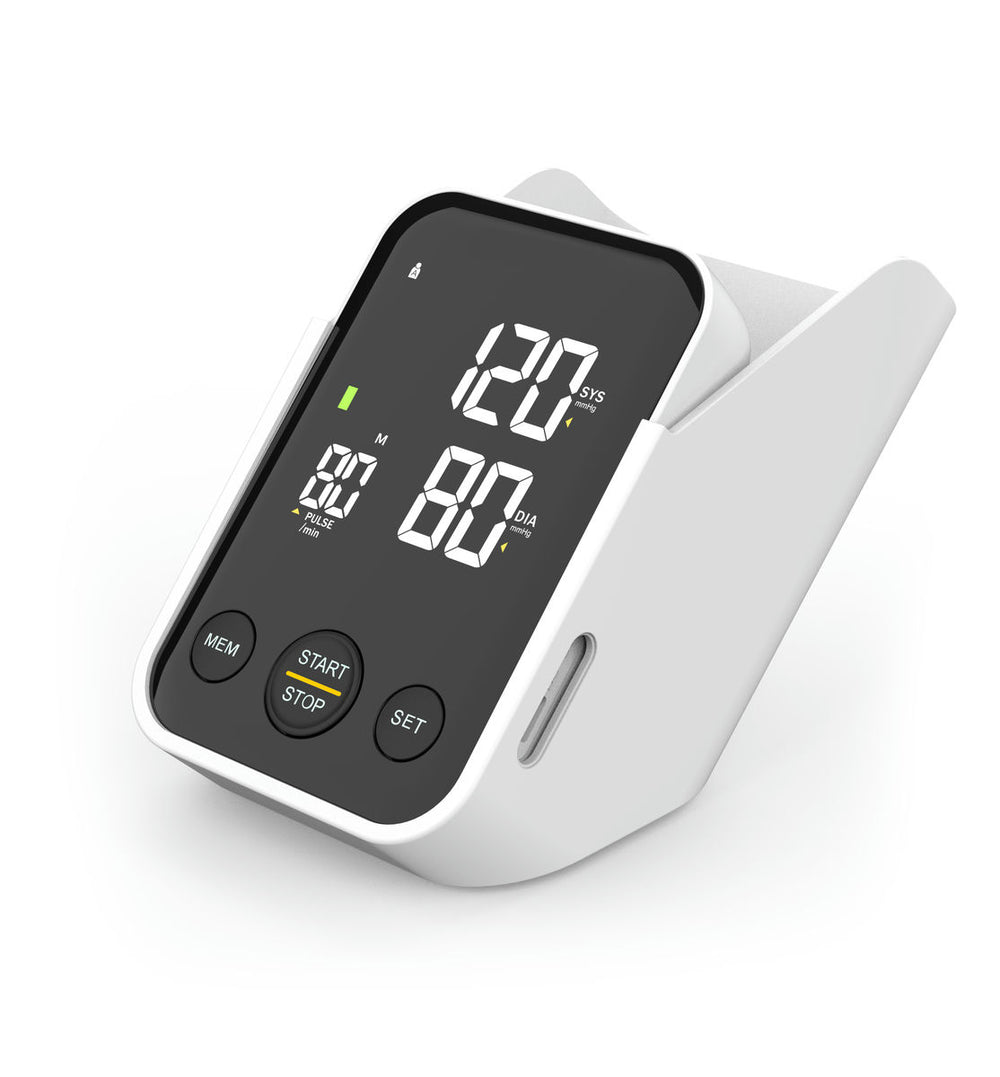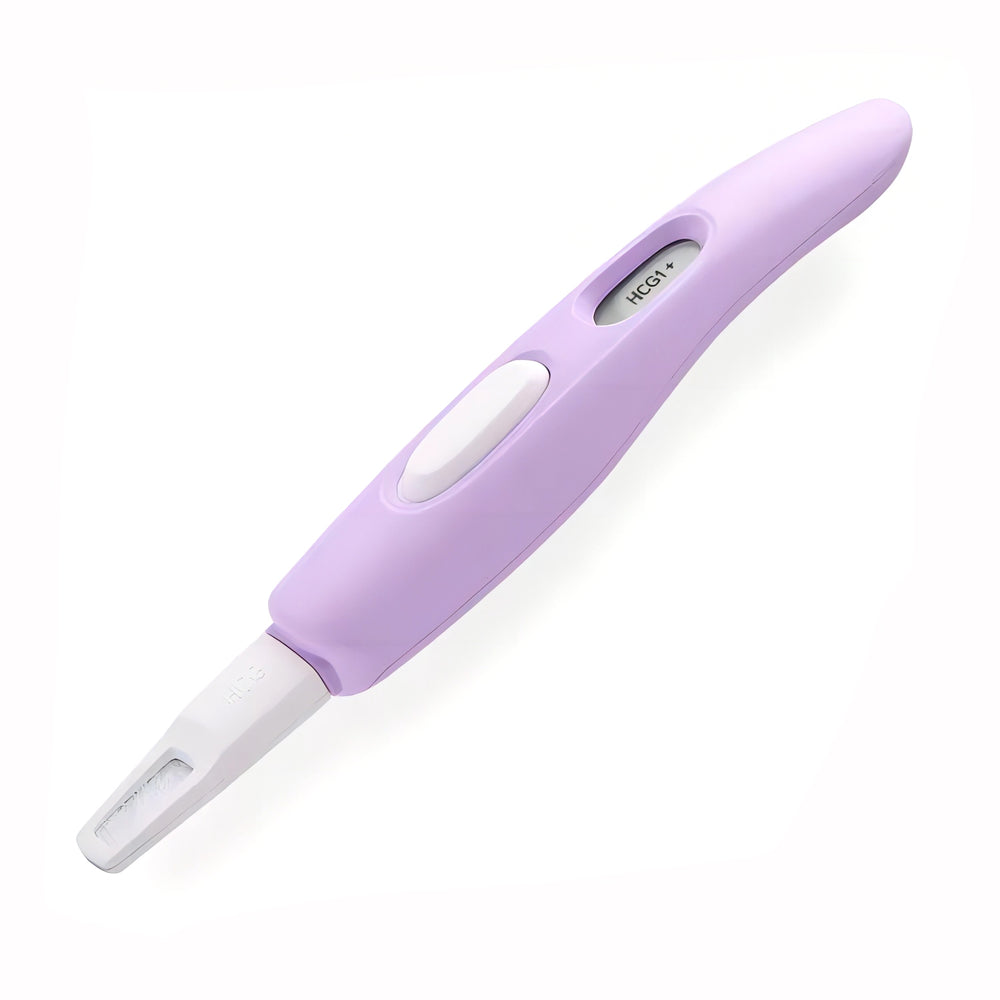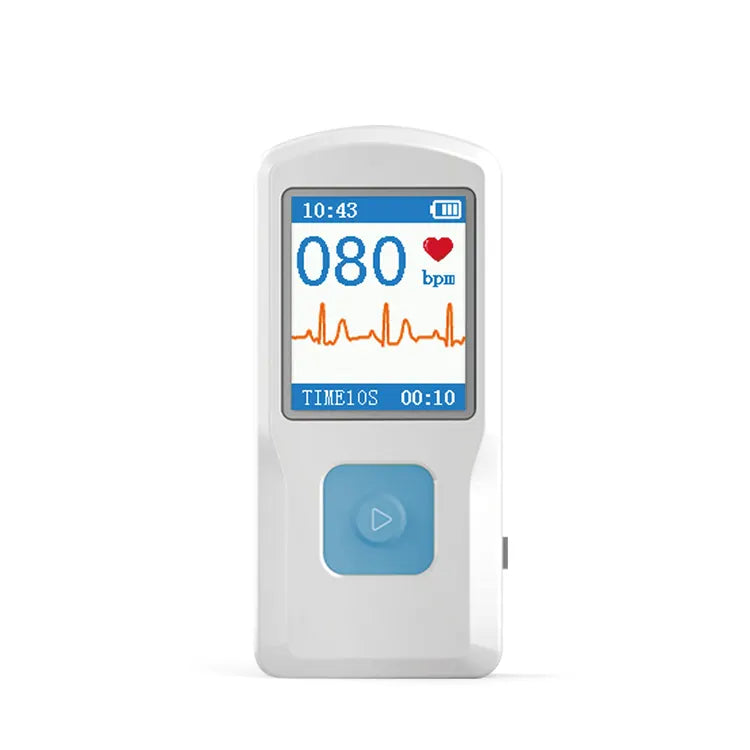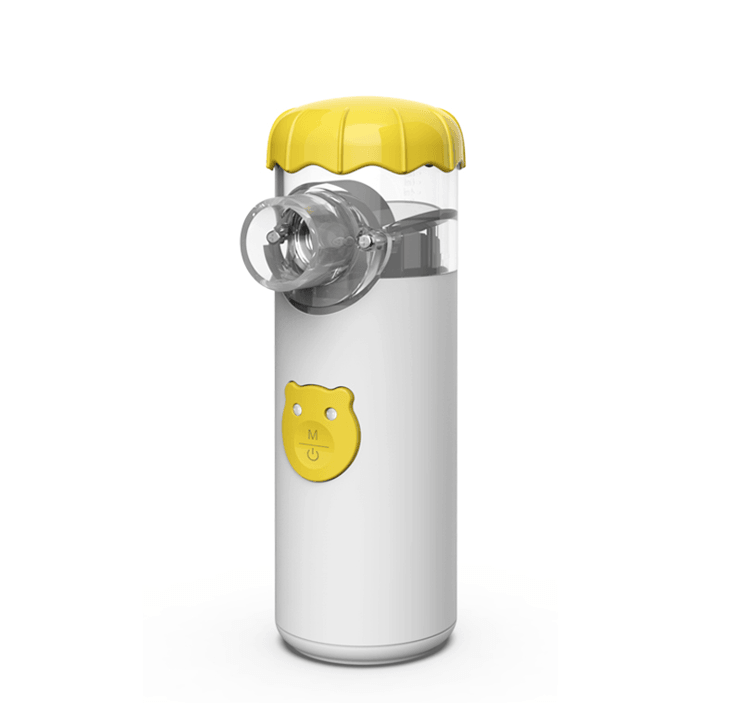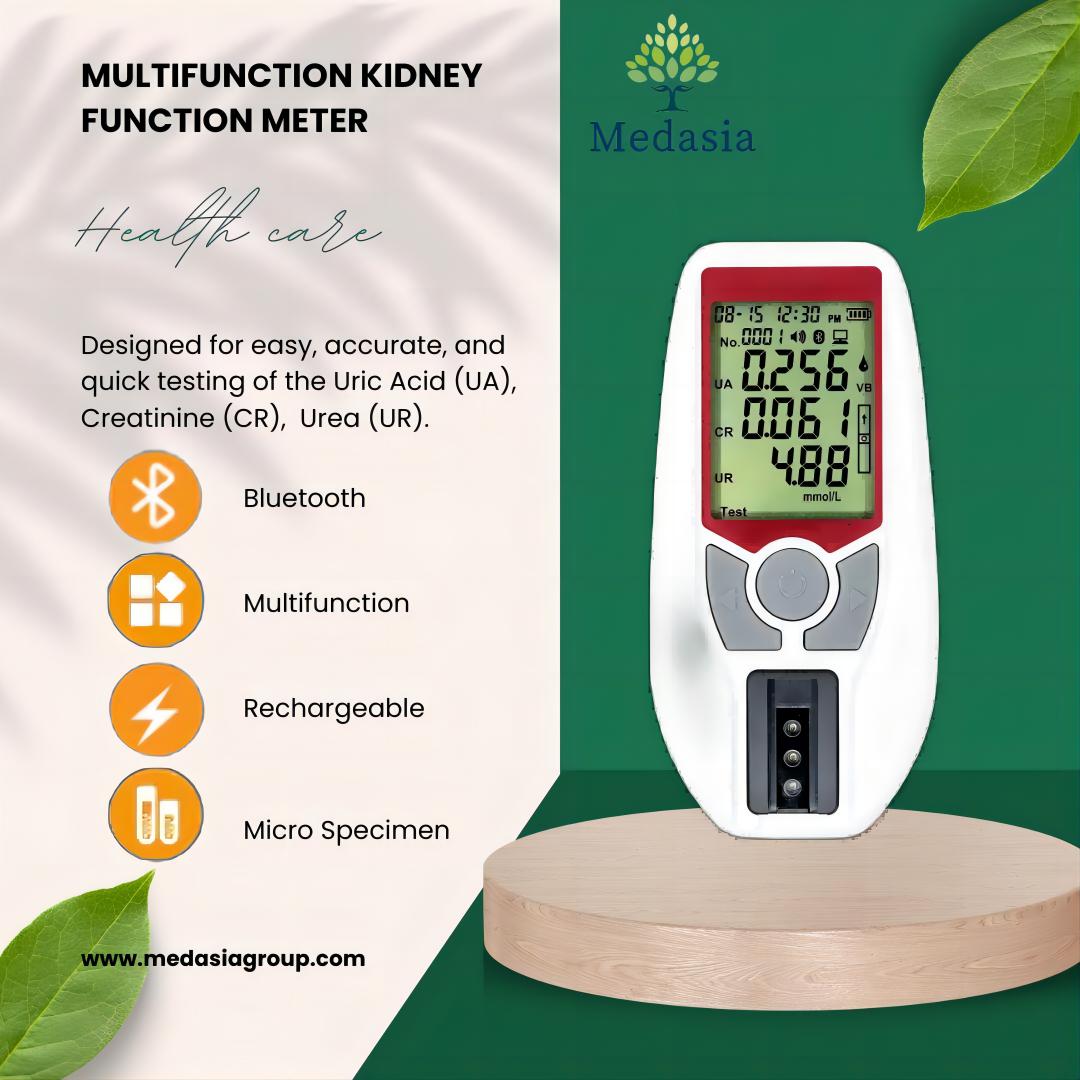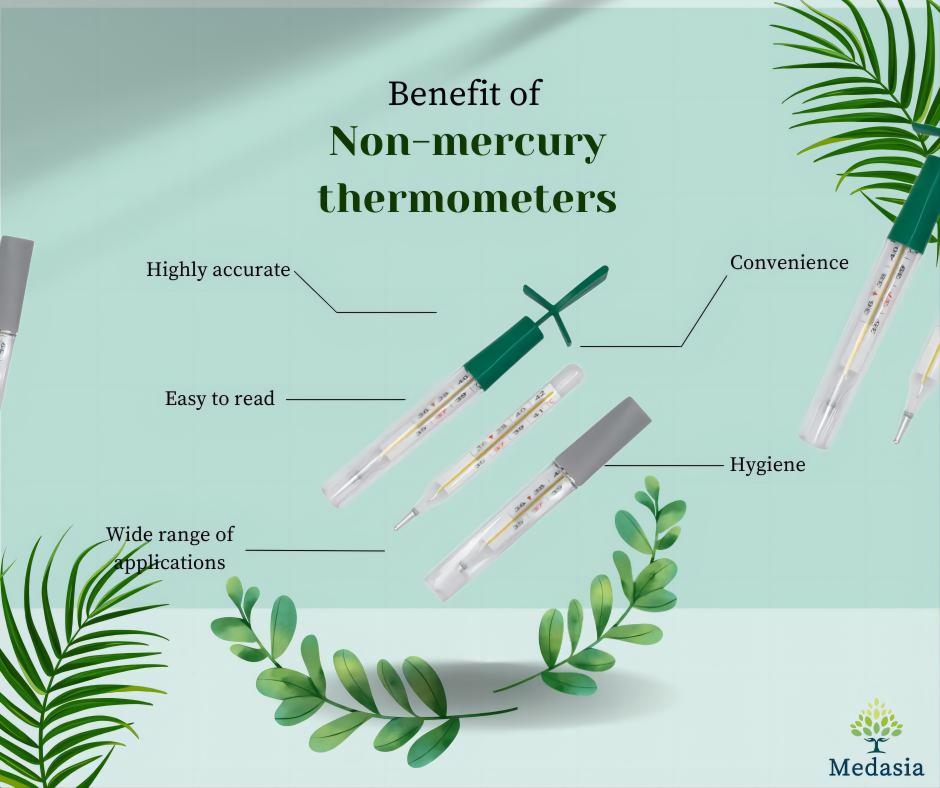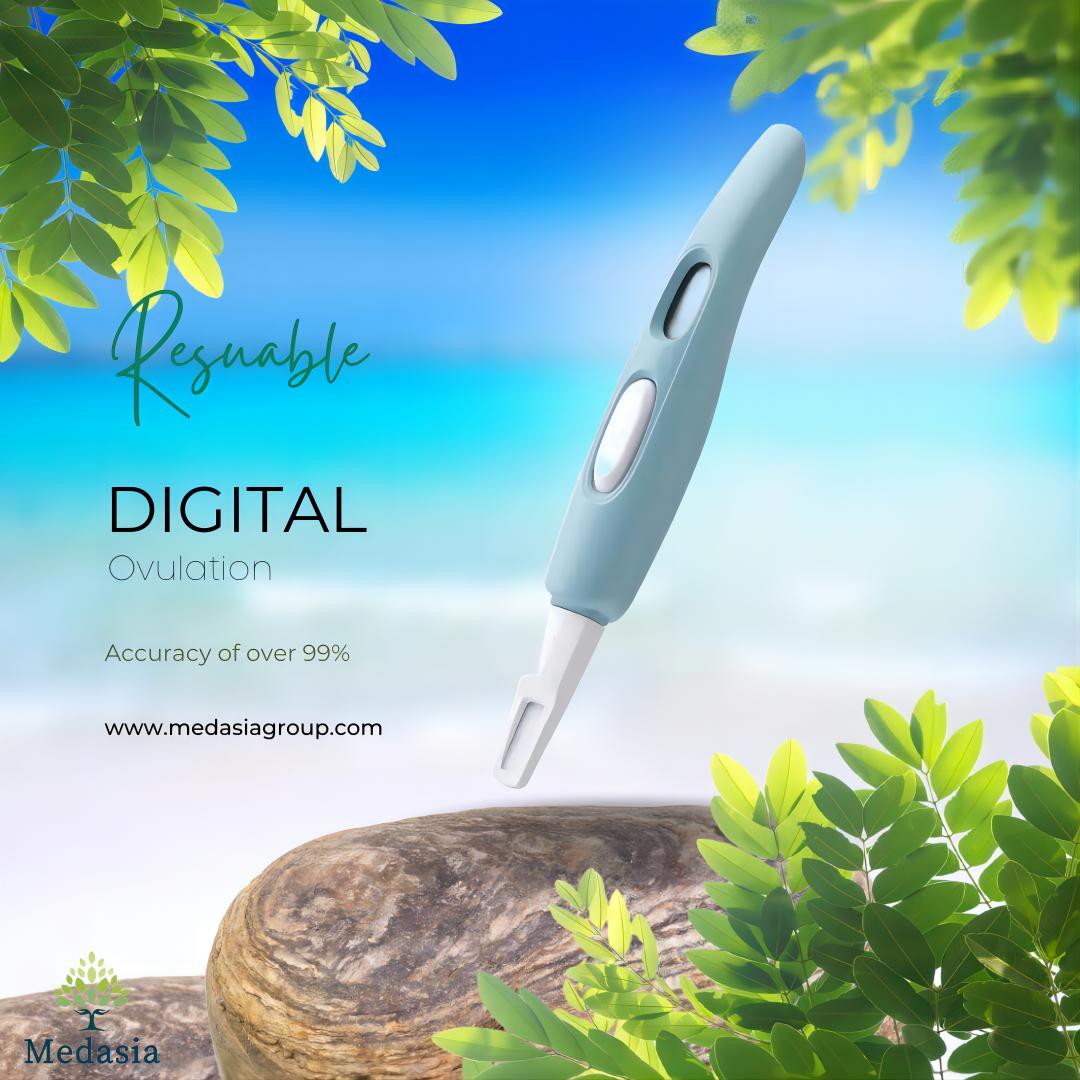Design vs Utility Patent: Your Product Choice
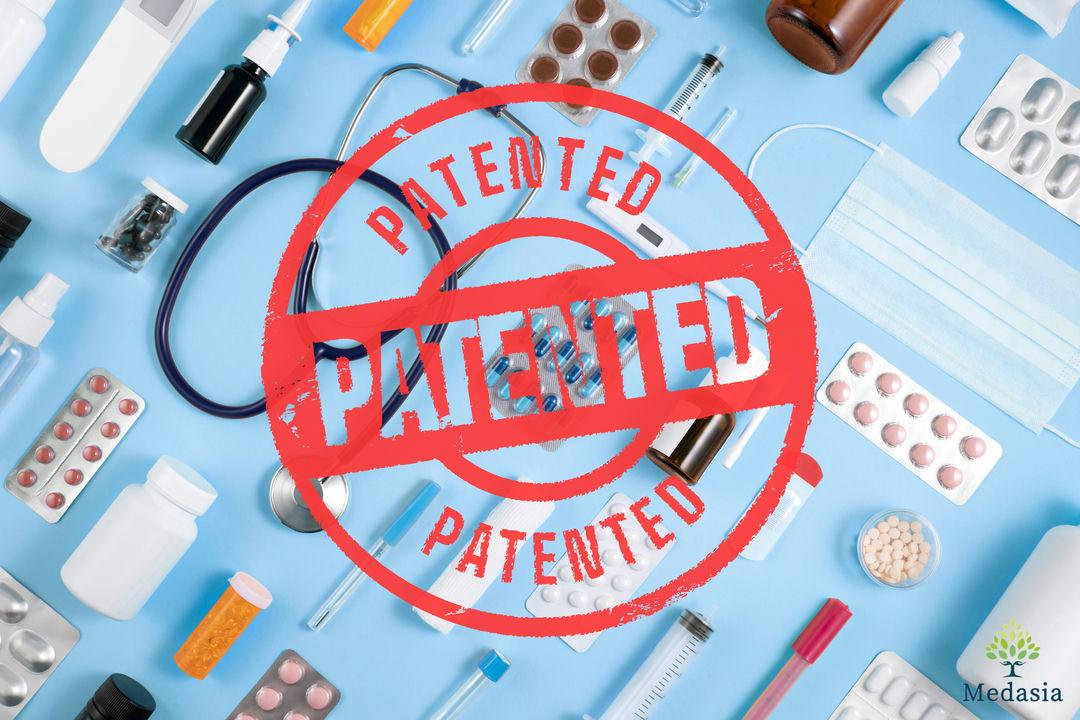
If you undergo the demanding process of designing and developing a medical device, it is only logical that you would seek to safeguard your intellectual property. When it comes to a tangible product, this involves obtaining a patent from the government. In the realm of the medical device industry, two common types of patents are pursued by companies: utility patents and design patents.
Before delving into the specifics of these patents and their respective applications, it is crucial to understand that consulting a patent attorney is the recommended course of action. This article cannot replace their specialized knowledge and should not be considered as legal advice.
Having stated that, if you are merely inquisitive about the available patent options for your medical device, their potential usage, and the potential benefits associated with them, please proceed with reading.

What's the difference?
When comparing a utility patent with a design patent, the key distinction lies in the separation of form and function. In general terms, a utility patent focuses on the functionality and operation of a device, while a design patent safeguards its visual appearance.
It is worth noting that this is not an exclusive choice between the two; it is possible to hold both utility patents and design patents for the same device if protection is desired for both its functionality and aesthetics.

Utility Patents
A utility patent, the most familiar type of patent, is granted when an invention introduces a new device or performs an existing task in a novel manner. It primarily protects the functional aspects of the device, including its operation and usage.
Here are some essential points to consider regarding utility patents:
1. Timeframe: On average, it takes approximately two years from the application date to secure a utility patent. However, depending on the complexity of the device and the application process, it can extend up to five years or more.
2. Validity: A utility patent remains valid for 20 years starting from the filing date. However, it is important to note that maintenance fees must be paid three times throughout the patent's lifespan.
3. Requirements: To obtain a utility patent, it is necessary to demonstrate that the device is both novel and non-obvious. Additionally, it must have a practical application or utility.
Retaining the distinctiveness of your invention through a utility patent ensures legal protection for its functional innovations.
Design Patents
Design patents, although less commonly utilized than utility patents, offer significant value in protecting the visual and aesthetic characteristics of your device. These patents specifically safeguard the "visual ornamental characteristics," including the shape, configuration, and surface ornamentation employed.
For example, consider the numerous designs of thermometers available in the market. While many thermometers utilize the same internal temperature measurement mechanism, their distinct designs can still be protected through design patents.
Key considerations regarding design patents are as follows:
1. Approval Time: Design patents generally require a shorter approval period, typically ranging from one to two years. Moreover, they tend to be more cost-effective compared to utility patents.
2. Duration: A design patent remains valid for fifteen years and does not necessitate any maintenance fees throughout its lifespan.
3. Comparative Difficulty: Obtaining utility patents can be more challenging compared to design patents, as initial application rejection rates for utility patents hover around 90% according to an analysis.
The reason behind this lies in the fact that design patents primarily focus on visual aspects, naturally limiting the scope of the application. In contrast, utility patent applications entail broader text-based descriptions of the invention and the associated claims.
By considering design patents alongside utility patents, you can ensure comprehensive protection for both the functional and visual innovations of your device.
The Right Time for a Utility Patent
Determining the appropriate circumstances for pursuing a utility patent involves evaluating whether your device meets the criteria of being "novel, non-obvious, and useful." However, personal belief in the novelty of your device does not guarantee its uniqueness.
To ensure that a similar device has not already been patented, it is advisable to conduct a patent search with the assistance of a registered patent professional.

If you decide to proceed with a utility patent, you have two options:
1. Provisional application: By filing a provisional application, you are not obligated to include a formal patent claim or information disclosure statement in your submission. The purpose of a provisional application is to establish an earlier effective filing date, which plays a crucial role in resolving patent disputes.
Keep in mind that a provisional application has a duration of only 12 months and cannot be extended. Therefore, it is essential to file a nonprovisional application for your patent within this timeframe.
2. Nonprovisional application: A nonprovisional application represents the standard application process for a utility patent. If you are curious about the procedure involved, you can refer to the US Patent and Trademark Office's application filing guide or seek guidance from a patent attorney.
By considering these factors and seeking professional guidance, you can determine the appropriate timing and approach for pursuing a utility patent for your device.
The Right Time for a Design Patent
Design patents play a significant role in the realm of consumer goods, where competitors often attempt to imitate exceptional designs. It is highly likely that the phone or computer you are currently using to read this article is protected by a design patent.
In the medical device industry, design patents offer numerous advantages for a variety of reasons:

1. Protecting additional value: Design patents can safeguard aspects of a medical device that are not covered by a utility patent. For example, the design and ornamentation of a medical device may enhance its usability through ergonomic modifications or provide an aesthetically appealing appearance, giving the device a distinct identity preferred by users. In both cases, a design patent can prevent competitors from copying or closely imitating your design.
2. Safeguarding graphical interfaces: Although initially overlooked, the display and user interface of a medical device can hold value worthy of patent protection. Many medical devices incorporate graphical interfaces designed for intuitive navigation. By securing a design patent, you can protect these interface aspects.
3. Protecting devices using existing technology: Certain devices, such as blood pressure cuffs or stethoscopes, rely on well-established technology that no longer qualifies for utility patent protection. However, a redesign of such a product can still be safeguarded. If your device incorporates a novel design built upon existing technology ineligible for utility patents, a design patent can provide crucial protection against competitors.
Incorporating design patents alongside utility patents allows comprehensive protection for both functional innovations and aesthetic designs, ensuring a competitive edge in the market.
PS: If you want our team to customize a new homecare product, with aesthetics and ergonomics design, please contact insights@medasiagroup.com
WE RECOMMEND
Related posts
- Subscribe MedInsights
- Subscribe MedInsights
- Subscribe MedInsights
- Subscribe MedInsights
- Subscribe MedInsights




